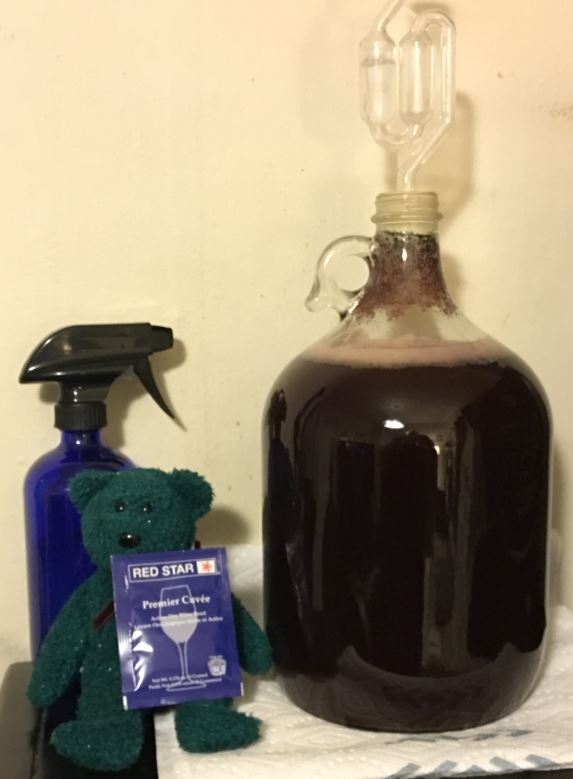Ole,
As far as I understand, they are pretty processed and more or less tannic acid. I thought they were the same, though I am not an experienced winemaker.
According to this website, both "wine tannin" and "grape tannin" are both tannic acid: though it appears the "grape tannin" is a darker color and better for reds, the "wine tannin" is geared toward white and rose.
http://www.eckraus.com/2-oz-wine-tannin.html
Again, check with someone more experienced or read the website or call them and see what you think, but that's how I am reading it.
As for nut allergies, I guess that's one where you're better safe than sorry. Tannins are basically the "zest" of a grape if that makes sense, from the peels. One thing you could try is go to the grocery store and buy some concord grapes and smash them. (Again, purely an idea, not tried this, but seems logical).
Plums (the skins) are also high in tannins. I would think raisins would impart some, or maybe better yet Zante Currant (in the raisin section, available at most grocery stores). Apples also have tannins, I would guess going for the skins but the more grape-like the better. Black Tea does have tannins. Lots of people do this for meads.
I would suppose blueberries might have them, you could try that (I absolutely could not see that turning out bad unless it got infected).
In the end, I don't think a lack of tannin would be the end of the world if it's just a gallon, it's not like it will age forever anyway. I haven't made mine yet, but I would go ahead; just keep your expectations modest, relax, don't worry, and have a homebrew, and you'll be happy.
























































![Craft A Brew - Safale BE-256 Yeast - Fermentis - Belgian Ale Dry Yeast - For Belgian & Strong Ales - Ingredients for Home Brewing - Beer Making Supplies - [3 Pack]](https://m.media-amazon.com/images/I/51bcKEwQmWL._SL500_.jpg)






